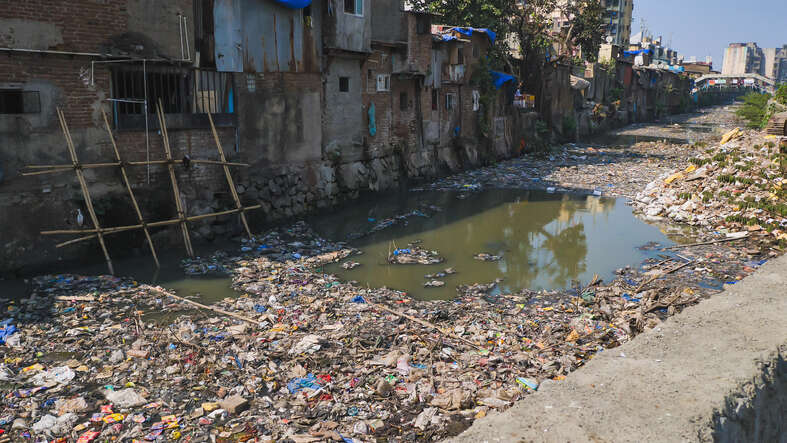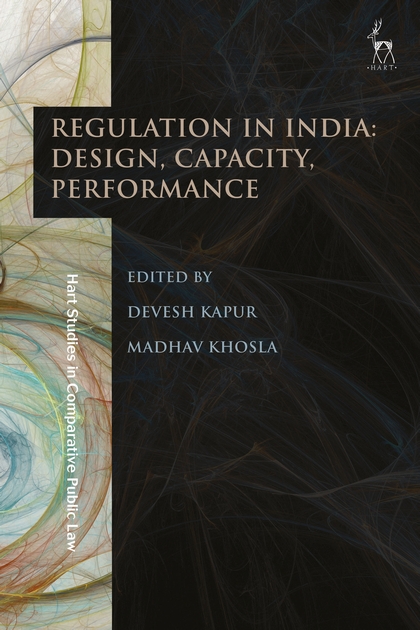Environmental Governance and Policy
|7 June 2019
The Environment (Regulation in India: Design, Capacity, Performance, Hart Publishing)

Summary
Environmental health across indicators in India is rapidly declining, and the state’s failure to regulate sources of, and causes for, environmental degradation has never been more apparent. The reasons for this failure are numerous and complex: conflicting interests in limited resources; inadequate regulatory capacity to design and enforce the law effectively; lack of interagency coordination; and environmental issues not being politically salient enough to trump competing policy interests and priorities. As the country grapples with an increasing array of environmental problems, it is an important moment in time to reflect on the nature and quality of the environmental regulation that is in place.
This chapter analyses the design, implementation, and enforcement of two environmental laws passed by the Parliament – the Water (Prevention and Control of Pollution) Act 1974 and the Air (Prevention and Control of Pollution) Act 1981 – with a view to understanding the factors that contribute to the failure of pollution regulation in India. Section I analyses the regulatory landscape of pollution control in India, and examines the role of the main statutory environmental regulators, the Pollution Control Boards, in implementing and enforcing the Water Act and the Air Act. Section II explores the administrative and judicial tools available for the enforcement of pollution regulation. Section III outlines critical issues affecting the efficacy of pollution regulation in India. Finally the chapter proposes the way forward through incremental changes in the regulatory landscape which could lead to significant gains.
Read more

